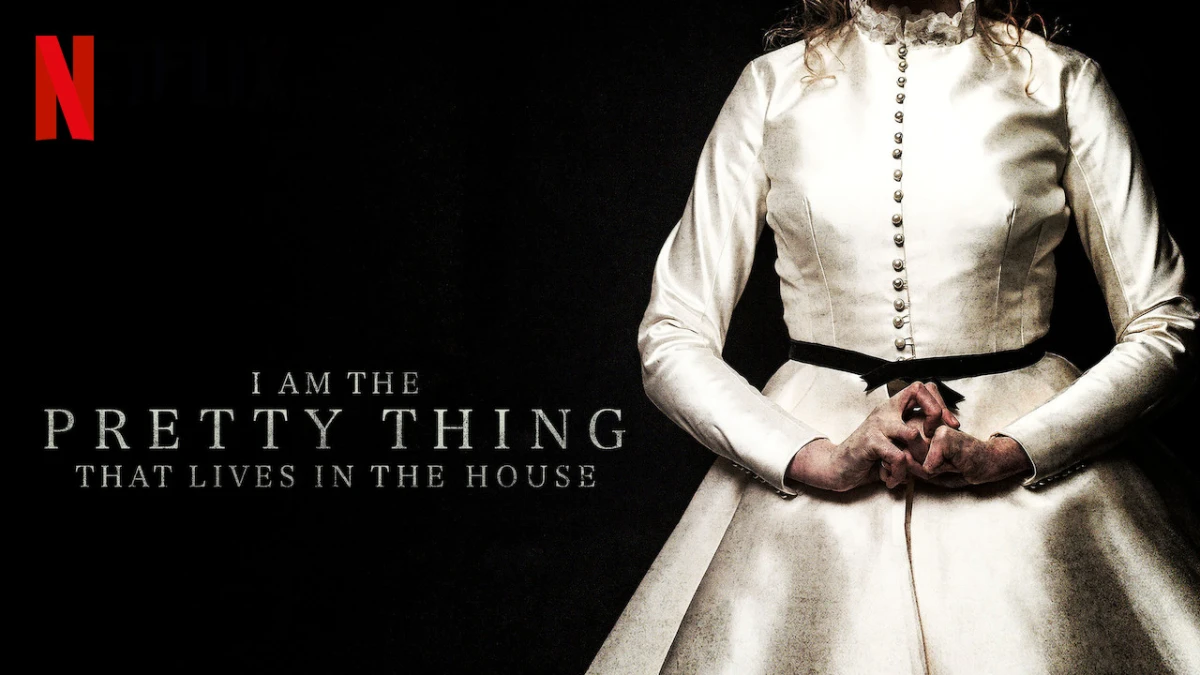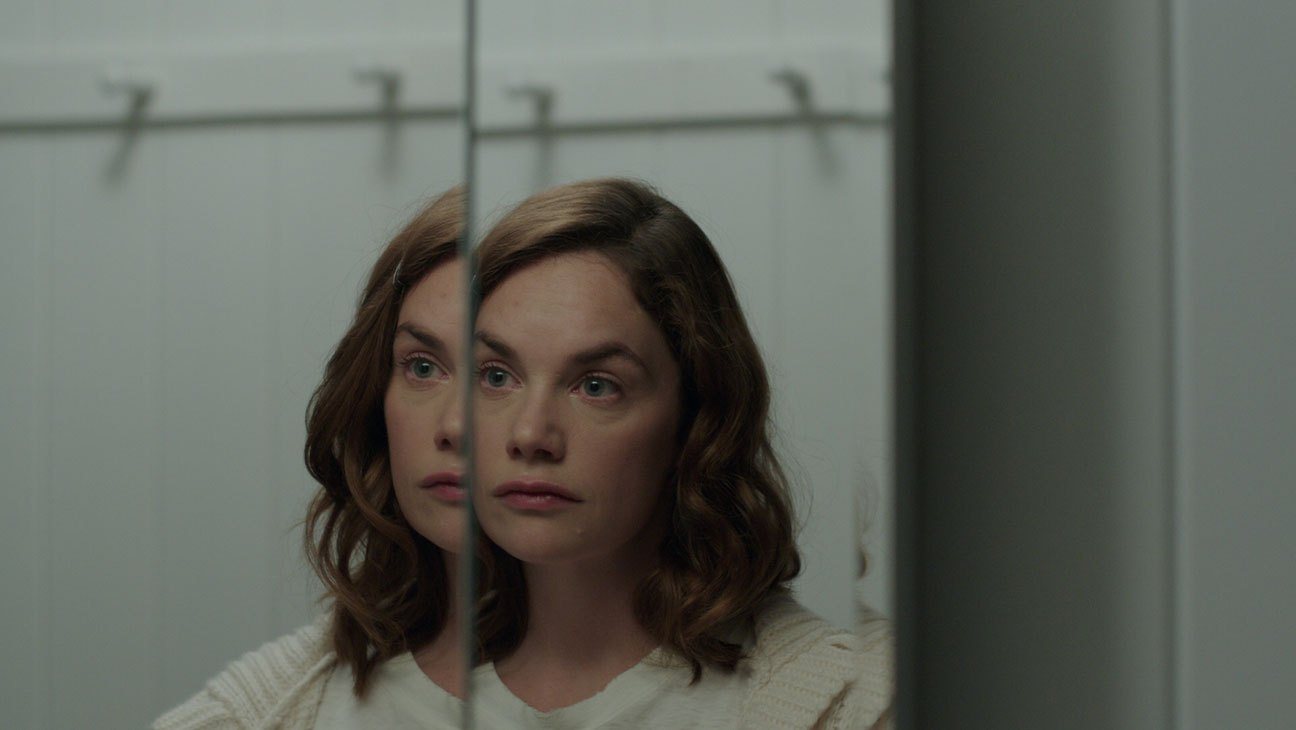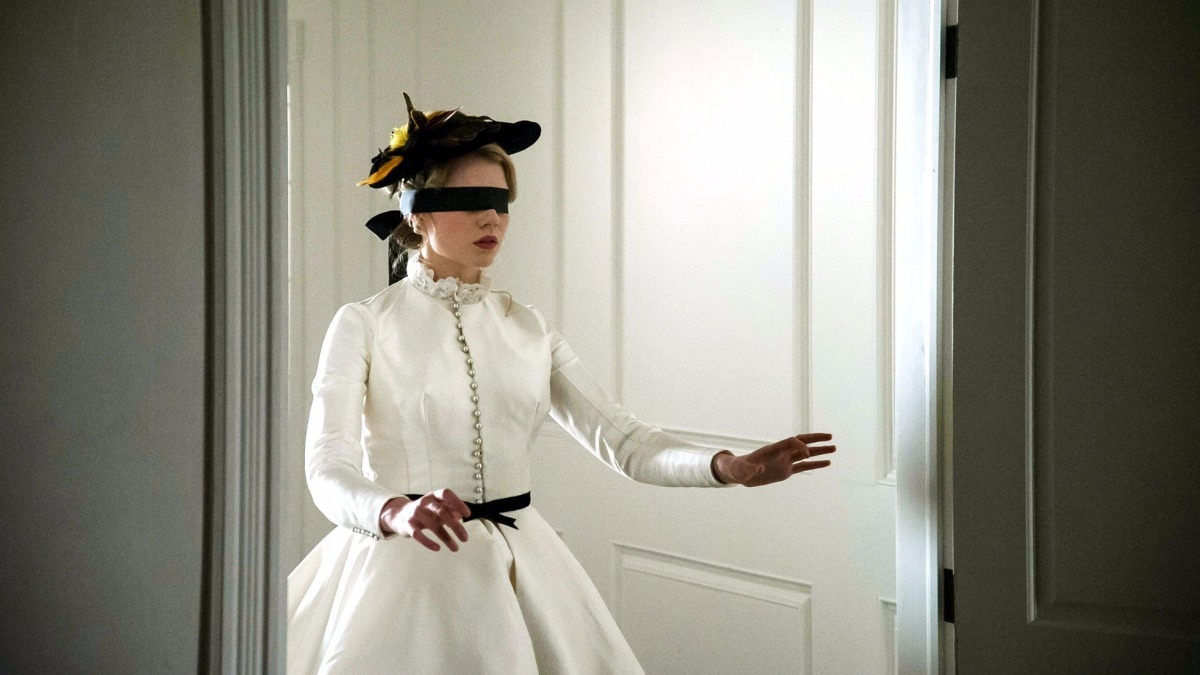I Am the Pretty Thing That Lives in the House (2016)

“I Am the Pretty Thing That Lives in the House,” released in 2016, is a chilling psychological horror film that explores themes of fear, memory, and isolation through an atmospheric lens. Directed by Oz Perkins, the film has garnered attention for its slow-burn narrative and striking visuals, inviting audiences into a world where the boundaries between reality and the supernatural blur. At the center of this haunting tale is Lily, portrayed by Ruth Wilson, a live-in nurse assigned to care for the reclusive horror author Iris Blum, played by Paula Prentiss, in her crumbling mansion steeped in secrets.
The film begins with a sense of foreboding as Lily arrives at the eerie and decaying home of Iris Blum. From the outset, the mansion is characterized by its dark, claustrophobic atmosphere, filled with shadows and the remnants of a once-vibrant life. The cinematography, led by Julie Kirkwood, employs a muted color palette, emphasizing the oppressive nature of the setting. Each room, laden with dust and memories, feels like a character in its own right, contributing to the film’s unsettling ambiance.
Lily, the protagonist, is introduced as a timid and introspective character, whose own past is shrouded in mystery. As she settles into her role as Iris’s caretaker, the audience is drawn into her psyche, experiencing her growing sense of isolation and unease. Ruth Wilson delivers a captivating performance, capturing Lily’s vulnerability and internal struggles. The film invites viewers to explore Lily’s complex emotions as she navigates the peculiar dynamics of her relationship with Iris, a woman whose life and works are deeply intertwined with the supernatural.
Iris Blum, portrayed by Paula Prentiss, is a formidable presence in the film. A once-celebrated author of horror novels, Iris now exists in a state of decline, her memories fading like the mansion around her. Prentiss imbues the character with an air of mystery, hinting at a past filled with both creativity and darkness. As Lily tends to Iris, the film reveals fragments of Iris’s life, interspersed with haunting tales of ghosts and horrors that seep into the narrative, blurring the line between fiction and reality.
The film’s pacing is deliberate, allowing for a slow accumulation of tension. Perkins expertly crafts moments of stillness that heighten the sense of dread. As Lily begins to explore the mansion, she encounters strange occurrences: fleeting shadows, whispers in the dark, and a pervasive feeling of being watched. These elements create a psychological labyrinth that Lily must navigate, reflecting her internal struggles and fears. The film’s reliance on atmosphere over jump scares sets it apart from conventional horror, inviting viewers to immerse themselves in a world that is as psychologically unsettling as it is visually captivating.
One of the film’s strengths is its exploration of memory and the passage of time. As Lily learns more about Iris and her past, she becomes entangled in the threads of memory that haunt the mansion. The narrative weaves together the present and the past, suggesting that the house itself is a repository of lost souls and forgotten stories. The film poses questions about how memory shapes identity and the lingering impact of trauma, making it a poignant commentary on the nature of fear.
The use of narration throughout the film adds an additional layer of depth. Lily’s voiceover reflects her thoughts and fears, creating a sense of intimacy as she confronts her own demons. The poetic quality of the dialogue complements the film’s haunting visuals, enhancing the overall atmosphere. This introspective approach allows the audience to connect with Lily’s character on a deeper level, making her journey more resonant.

The film also plays with the concept of the uncanny, evoking a sense of familiarity that is tinged with dread. The mansion, while beautiful in its decay, is filled with reminders of life long past—photographs, books, and objects that hint at the stories that have unfolded within its walls. As Lily uncovers the history of the house and its inhabitants, the viewer is drawn into the unsettling realization that some stories are better left untold. The film masterfully builds tension through these revelations, culminating in a climax that is both haunting and thought-provoking.

In its final act, “I Am the Pretty Thing That Lives in the House” confronts the viewer with the inescapable nature of fear and the permanence of memory. The culmination of Lily’s experiences in the mansion leads to a poignant and chilling resolution that resonates with the film’s overarching themes. The ending invites interpretation, leaving audiences to ponder the implications of what they have witnessed.

In conclusion, “I Am the Pretty Thing That Lives in the House” is a masterful exploration of psychological horror that lingers in the mind long after viewing. Through its atmospheric storytelling, strong performances, and thought-provoking themes, the film invites audiences into a world where fear, memory, and isolation intertwine. Ruth Wilson’s portrayal of Lily is both compelling and haunting, while Paula Prentiss’s Iris adds depth to the narrative. Timelessly eerie and deeply unsettling, this film serves as a testament to the power of storytelling and the ghosts that reside within our memories. Oz Perkins has crafted a haunting cinematic experience that will resonate with fans of psychological horror, making “I Am the Pretty Thing That Lives in the House” a must-see for those drawn to the darker aspects of the human experience.











